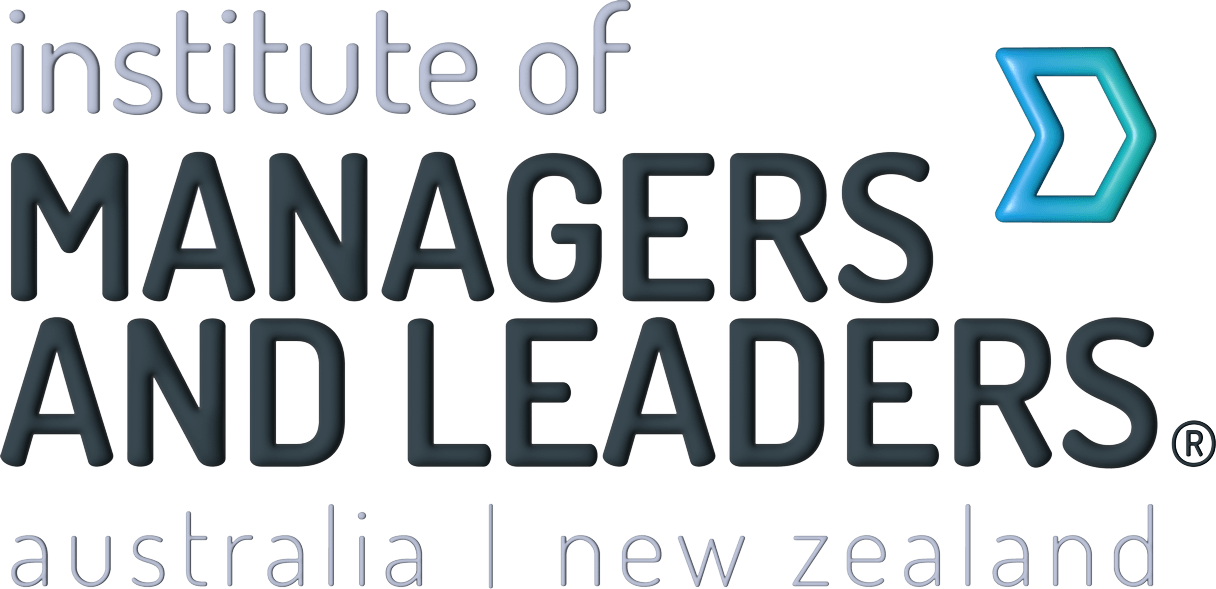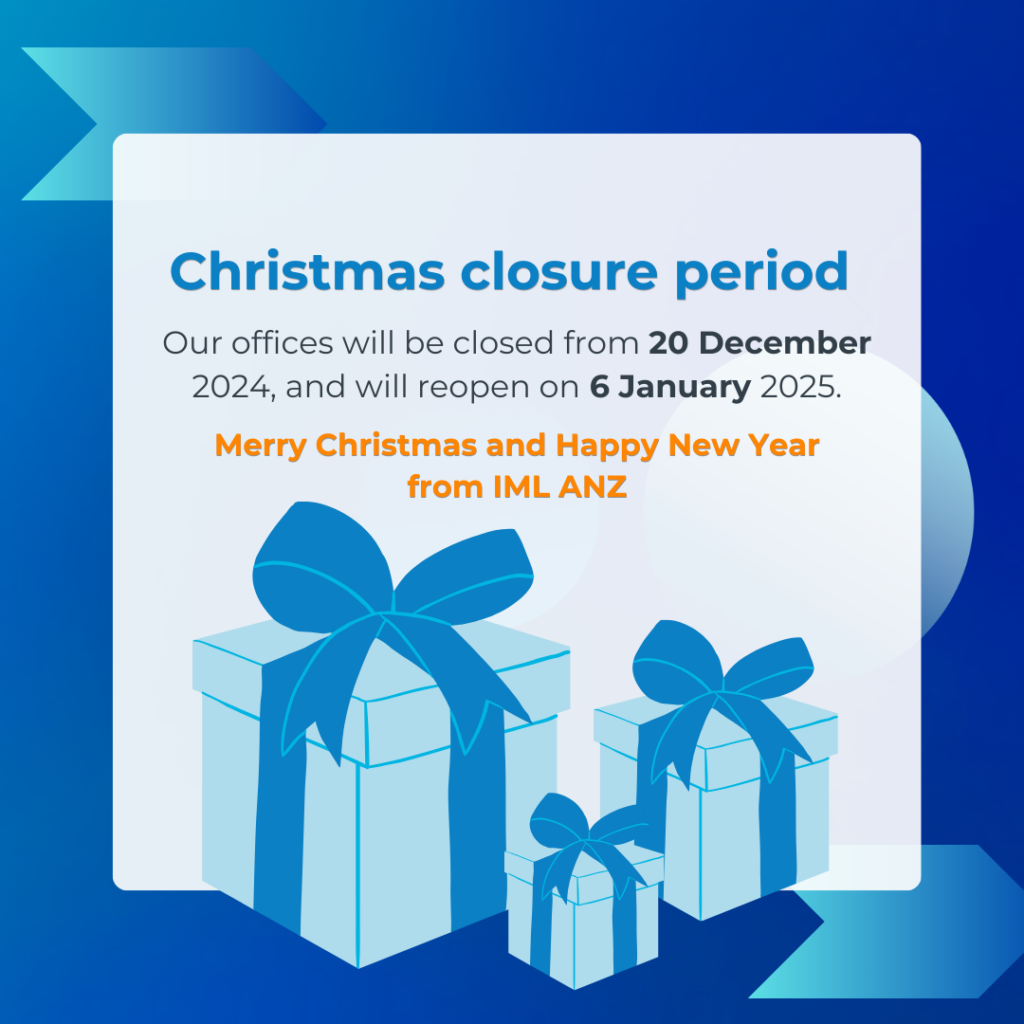Change is the only constant in today’s business environment. Beyond companies merging and being acquired, there are system changes, team restructures and everything in between. As handling the flux while still delivering on business outcomes can often be too much to ask, what can leaders do to ensure employees can do both?
Even a team whose morale is high will have their performance suffer if they feel they need to juggle too much. Your high-morale team might find that managing change and delivering results pushes them to their limit.
Therefore, resilient employees – those who are flexible, adaptive and can optimistically learn from experiences – are a positive influence during times of change. Similarly, businesses also need resilient teams to thrive and survive. They are living testimony that change need not be a bad thing.
But as with any turbulence, you need deliberate tactics to navigate successfully. Here are some ways leaders can encourage top-performance amid change:
Strong leadership
Good leaders earn respect. Be trustworthy and give clear direction. Your teams will look to you for stability during uncertainty.
It’s also a good idea to be visible. Spend time with your team and hear them out. It doesn’t need to be a formal appointment. In fact, your employees might feel more comfortable to open up in an informal setting.
Provide perspective
It’s important to walk your people through the change. If you’ve ever been on a long drive to a new destination, you normally look for landmarks. These give you a sense that you are headed in the right direction.
Provide your teams with clear landmarks so they can mark progress and feel a sense of achievement. There may need to be detours but talk them through those as well. It will increase their sense of security that they are not on the change journey alone. And don’t forget to celebrate when key milestones are reached.
Develop soft skills
Inevitably people experiencing change will need to develop new skills to adapt. Instead of focusing on developing technical skills, look at enhancing your employees’ ‘soft skills’. That way you’ll help them improve how they make decisions, solve problems and deal with difficult situations.











